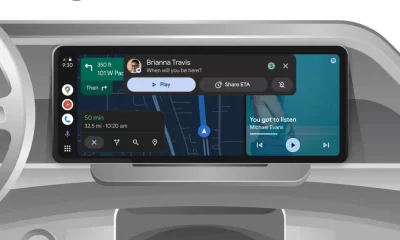Google expands Gemini Live to more German Android users, offering real conversations with AI
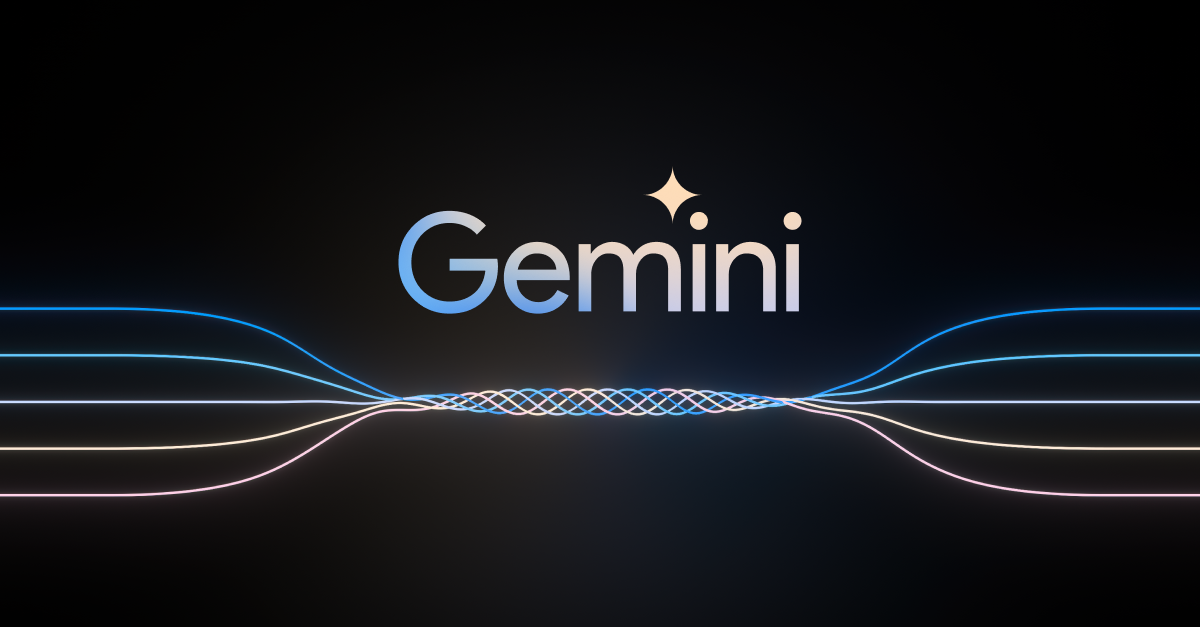
Google has made a significant leap forward with its AI technology through the Gemini platform. One of the standout features, Gemini Live, now offers a more dynamic experience than traditional tools like Google Assistant. What sets Gemini Live apart is its ability to engage in natural conversations with users, backed by a highly realistic-sounding voice that makes interactions feel more lifelike. This service is gaining traction, especially as more German Android users are getting access to it.
Gemini Live Rolls Out to German Users
While Gemini Live has been available for a few weeks, its distribution is now reaching a wider audience in Germany. It’s also expanding to neighboring regions like Austria, where uptake seems to be progressing smoothly. The app is available for free on Android devices and offers full functionality in the German language.
How to Access Gemini Live
Gemini Live is integrated into the Gemini app, identifiable by a new button located in the bottom right corner of the interface. Once activated, this “voice chat” feature allows users to have fluid, conversation-like exchanges with the AI. Google describes it as an opportunity to experience more natural dialogue, although the quality of the conversation can vary depending on the subject matter.
One of the strengths of Gemini Live is that it doesn’t prioritize specific users or devices during its rollout. However, access may still vary. For instance, some users with high-end devices like the Pixel 9 have yet to experience Gemini Live, although they may already have access to the updated Android app user interface. The release of Android 15 is also expected to bring significant improvements and possibly broaden access to the service.
Use Cases for Gemini Live
Here are some practical ways you can use Gemini Live:
- Get Career Advice: You can ask Gemini for suggestions on career paths that align with your skills or educational background. It can provide tailored advice based on the information you share.
- Plan Events: Whether it’s a birthday party or a family gathering, you can chat with Gemini to get recommendations for planning your event, from venue ideas to managing a guest list.
- Explore New Topics: Use Gemini Live to dive deep into areas of interest. You can ask it about historical events, scientific theories, or even rules of complex games like chess and mahjong. It’s a great tool to help expand your knowledge on various subjects.
- Discover Local Insights: If you’re curious about local culture, news, or regional interests, Gemini Live can offer insights tailored to your location or personal preferences.
The Future of AI Conversations
Gemini Live represents a new era of conversational AI, where the focus is not just on answering questions but also on creating a more engaging and interactive user experience. By making conversations feel more natural, Google is moving closer to integrating AI seamlessly into everyday life. With broader distribution underway, more users across Germany and beyond will be able to experience firsthand how AI can assist them in new and meaningful ways.
As Google continues to roll out Gemini Live and refine its capabilities, users can expect even more advanced features, making AI conversations as close to human interaction as possible. Keep an eye out for updates as Gemini Live continues to evolve, especially with the potential of Android 15 delivering the improvements that users are eagerly anticipating.
Android
Google updates Gboard emoji kitchen and Android Auto with new features
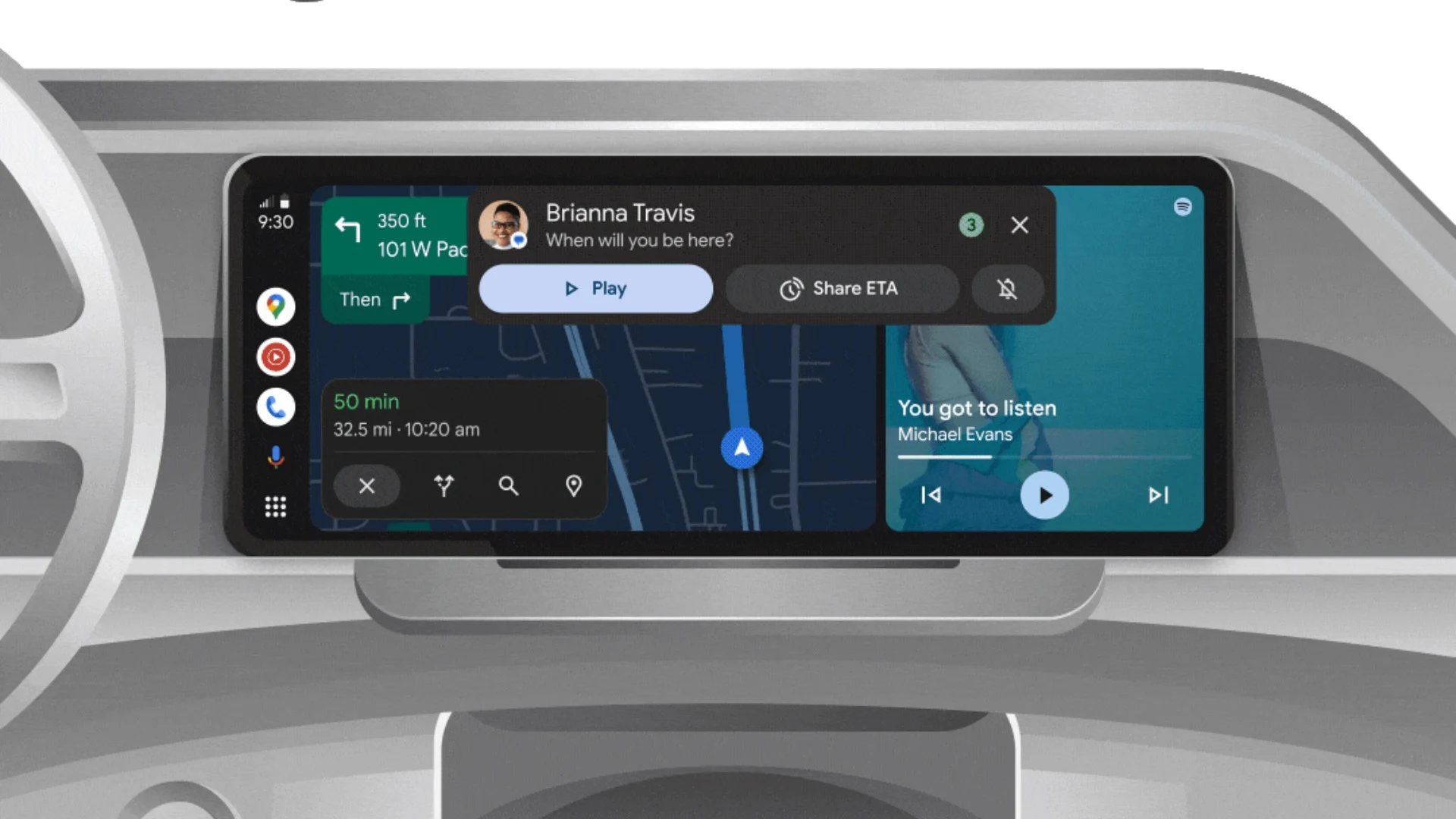
Google is bringing some fresh updates to make Gboard and Android Auto even better.
Starting with Gboard, the Emoji Kitchen now has a new “Browse” section. This makes it easier for users to find different emoji sticker combos. You can tap on any emoji and instantly see all the creative mixes available. Plus, there’s a search bar to help you look for specific stickers. This new feature is rolling out first to Pixel devices, with other Android phones expected to get it in the coming months.
On the other hand, Android Auto is now getting the 14.3 beta update. Although there are no big changes yet, this version mainly focuses on fixing bugs and improving performance. Testers have noticed slight speed improvements, but no new features have been spotted so far. Google might be preparing for bigger changes in future updates.
Both these updates show that Google is working hard to make its apps smoother and easier to use. Gboard’s new browsing tool will make messaging more fun, while Android Auto’s small fixes are important for a better driving experience.
If you have a Pixel phone or are part of the Android Auto beta program, you might already see these updates. Otherwise, they should be available to more users soon.
Android
Android’s Find My Device speeds up with UWB coming soon
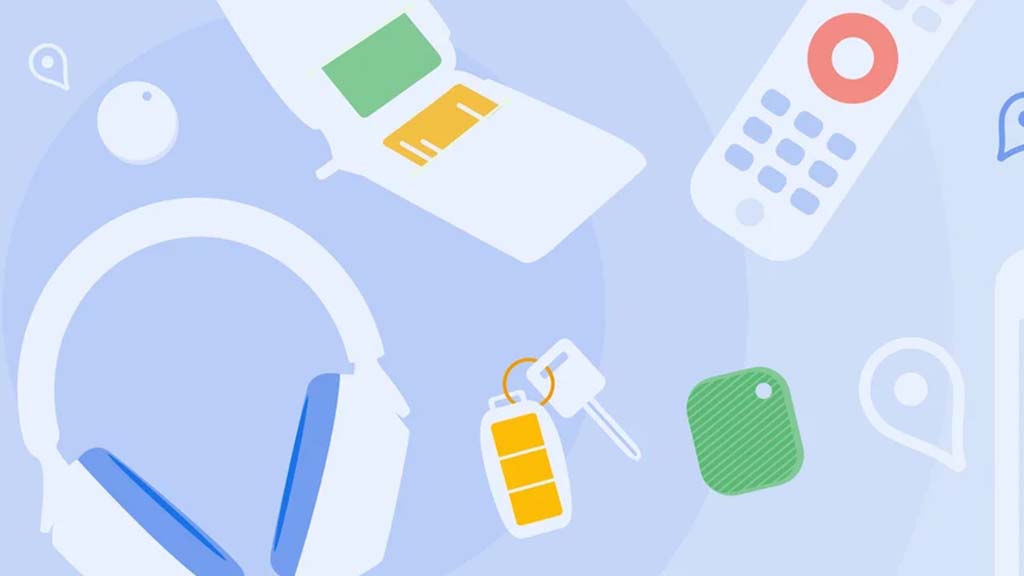
Google’s Find My Device network for Android has gotten a big boost, making it much quicker to locate misplaced items. Recent checks show it’s now four times faster than it used to be, keeping up with Apple’s AirTags in crowded spots like malls or events. For instance, at CES 2025, a tracker tucked in a bag updated its location just as fast as an AirTag nearby. This speed-up is thanks to more Android users turning on tracking for all locations, not only busy areas, which helps the system spot items more reliably.
In less crowded places, the network can still have trouble since fewer Android phones are nearby to share location signals. But Google’s working on this by nudging users through app alerts to enable tracking in quieter spots. Plus, recent updates to tracker software and apps have made connections more stable and accurate.
Looking ahead, Google’s gearing up to roll out ultra-wideband (UWB) technology. This will let you find items with pinpoint accuracy, even within a room, using cool augmented reality (AR) visuals, much like Apple’s setup. The Moto Tag, a tracker ready for UWB, is already available, just waiting for Google to activate this feature. Not all Android phones support UWB yet, but future models like the Pixel 10 might include it. These changes prove Google’s determined to make its Find My Device network a top choice for tracking lost stuff.
Gmail and Google Photos get new design and useful updates
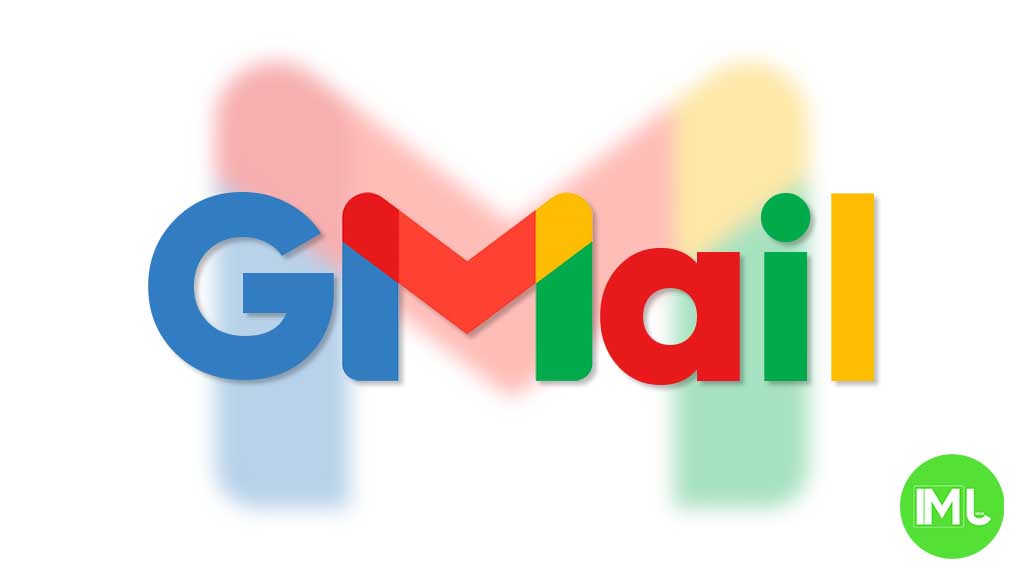
Google is giving Gmail and Google Photos some fresh updates to make things easier and more user-friendly.
First, Gmail on the web is now getting a new layout option. You can choose between “Cozy,” “Comfortable,” or “Compact” views based on how much space you want between your emails. Google is also adding a setting to control whether your inbox and labels stay on screen or only show up when needed. These changes make it easier to personalize how Gmail looks and feels.
Meanwhile, Gmail for iPhone is getting a visual upgrade. The app now uses Google’s updated design style called “Material 3.” You’ll notice a cleaner look with a rounded search bar at the top, smoother icons, and better spacing. Although the bottom bar and buttons look mostly the same, the overall design feels more modern and easier on the eyes.
Lastly, Google Photos is bringing back a helpful feature. The classic search shortcut that appears in the bottom bar is returning, making it quicker to find your photos. Before this, the shortcut had been removed when Google added the new “Memories” tab. Now, both features work together, letting you browse memories and search with ease.
These updates aim to make Google’s apps feel more useful, clean, and easier to use on both desktop and mobile.
-

 Apps1 year ago
Apps1 year agoGboard Proofread feature will support selected text
-

 News1 year ago
News1 year agoSamsung USA crafting One UI 6.1.1
-

 News1 year ago
News1 year agoBreaking: Samsung Galaxy S22 may get Galaxy AI features
-

 News1 year ago
News1 year agoSamsung Galaxy S23 Ultra with One UI 6.1 and all S24 AI features revealed
-

 News1 year ago
News1 year agoOne UI 6.1 Auracast (Bluetooth LE Audio) feature coming to many Samsung phones
-

 News1 year ago
News1 year agoSatellite SOS feature coming to Google Pixel phones, evidence leaked
-

 Apps11 months ago
Apps11 months agoGoogle’s fancy new Weather app is finally available for more Android phones
-

 News1 year ago
News1 year agoGoogle Pixel evolves as Europe’s third best selling flagship

